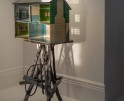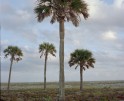Native American Heritage Week: Interview with Jill Ahlberg Yohe / In Our Hands: Native Photography, 1890 to Now

Brian Adams Iñupiaq, born 1985 Marie Rexford of Kaktovik, Alaska preparing maktak for the villages Thanksgiving Day feast, 2015 from I am Inuit series Medium format film – Type C print Courtesy the Artist © Brian Adams
Over the next two days we will feature Native artists whose work is currently on view in the In Our Hands: Native Photography, 1890 to Now exhibition currently on view at the Minneapolis Institute of Art (Mia), as well as, curator interviews. This exhibition features more than 160 works of art, establishing the long-standing role of Native photographers as innovative artists in the medium.
In Our Hands: Native Photography, 1890 to Now builds upon the work of Native artists, scholars, and knowledge-sharers to trace the intersecting histories of photography and First Nations, Métis, Inuit, and Native American cultures, from the Rio Grande to the Arctic Circle. Developed in partnership with a curatorial council comprised primarily of Native advisors, In Our Hands centers the work of Native photographers with a diverse array of photographic objects that illuminate the ways in which Native people have advanced the medium of photography for over a century.
This exhibition was collaboratively organized by photojournalist and Mia guest curator Jaida Grey Eagle (Oglala Lakota), Casey Riley, Chair of Global Contemporary Art and Curator of Photography & New Media, and Jill Ahlberg Yohe, Associate Curator of Native American Art, in partnership with a curatorial council of fourteen advisors that includes internationally renowned artists, academics, and knowledge-sharers based in Canada and United States. Together, the curatorial council and Mia staff developed the checklist and thematic organization for the show and grounded their decision-making in Native methodologies, including consensus and relationship building, mutual respect, and reciprocity.
1. A World of Relations, reveals the ways in which Native people and cultures conceive of the living world holistically, with respect for all forms of life and an appreciation for their interconnections.
3. Always Leaders recognizes Native leadership across an array of critical issues such as human rights, sustainable environmental practices, and the interdependent preservation of Native land and culture. Works included within this section focus on Native practices and perspectives, rejecting settler-colonial claims and asserting Native peoples’ longstanding presence upon the land, also the diversity of leadership inherent to many Native communities and the duty to transmit community knowledge through time.
3. Always Present, declares the visual sovereignty of Native photographers and celebrates First Nations, Métis, Inuit, and Native American people through the lens of Native artists. The works in this section reject harmful visual narratives that would portray Native communities and cultures as declining or disappearing, and instead illuminate the profound social, political, intellectual, and artistic engagements of Native communities.
Today we sit down with Jill Ahlberg Yohe to talk a little bit about how this amazing exhibition came to fruition and the “through lines” that guided the curatorial process.
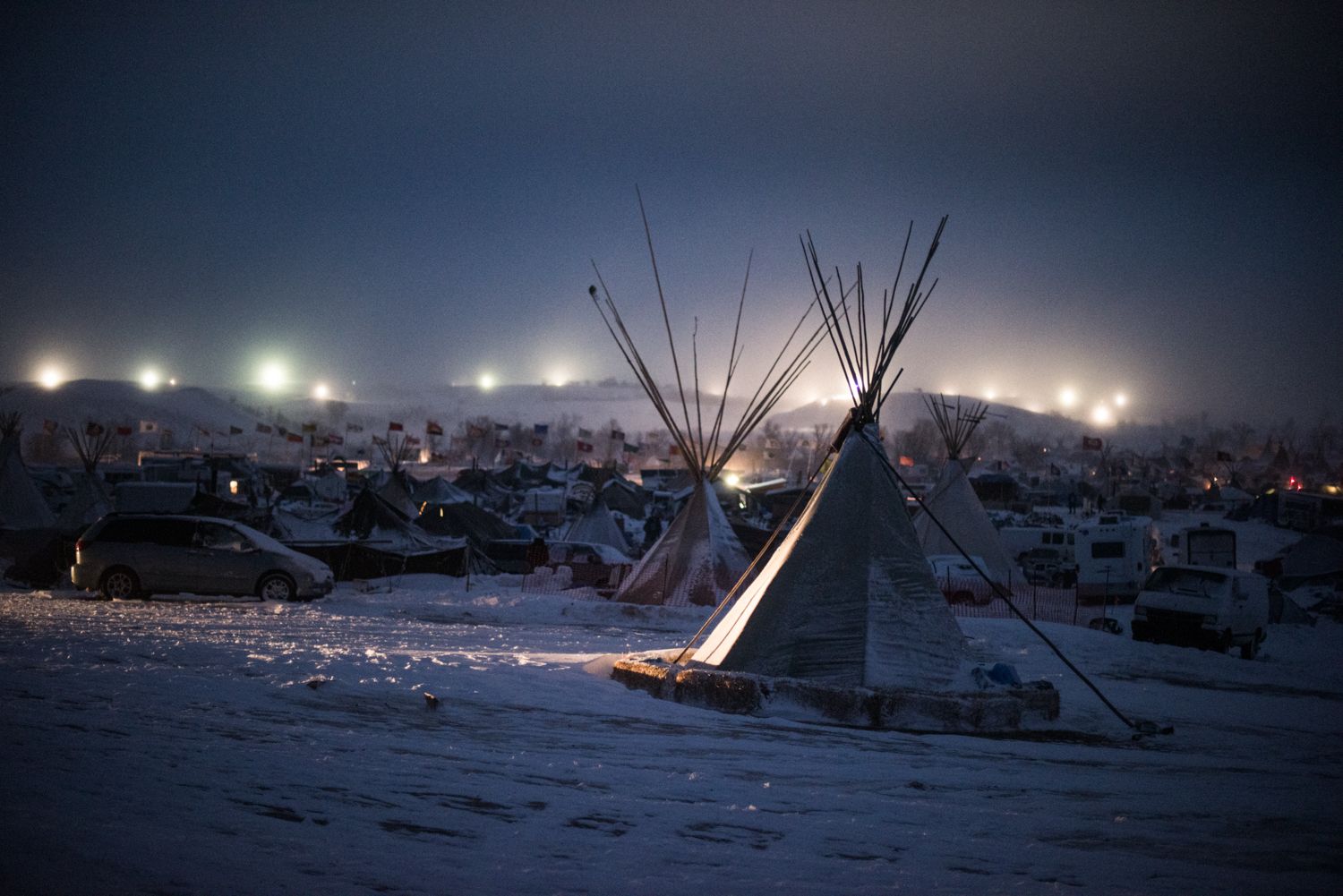
Russel Albert Daniels Diné (Navajo) and Ho-Chunk, born 1974 Blizzard conditions help the DAPL security lights illuminate the Oceti Sakowin camp at the Standing Rock Sioux Nation, December 4, 2016, 2016 Courtesy of the artist © Russel Daniels
Tell us a little bit about how this show came to fruition, and why it is so important for this exhibition to happen today?
Jill Ahlberg Yohe: This exhibition came together through the generosity of Shakopee Sioux Mdewakanton Community and their Native Art Fellowship program, as it offered a place for Jaida Grey Eagle to join us at Mia and birth an exhibition with us all. As a photojournalist and artist, Jaida came ready to learn more about Mia’s photography collection. She met Casey Riley, the Curator of Photography at Mia, and we discussed the lack of photography made by Native people in the collection, and we wanted to do something about it. What better way to know the field better than creating an exhibition about it, with leaders in the field who have dedicated their lives to it? So we pitched the show, our leadership was fully supportive, and so the show began. Our first task was to create a Curatorial and Community Council. And it is through these councils that this exhibition was made.
This exhibition is important to happen as it continues to build upon the legacy of the medium, the incredible work that came before, and for the present and future. For several decades, leading scholars and artists of Native photography have paved the way for this exhibition to happen, and we hope that in some small measure, we are honoring this legacy. In terms of the medium and the field(s), we learned through leaders in the field that Native photographers have always been creating outstanding works in every time period, and this history is important for people to learn more about and know and love. And this exhibition is important for our present and our futures as it shines light and provides inspiration for current and future Native photographers, and what is possible when a camera is in Native hands.
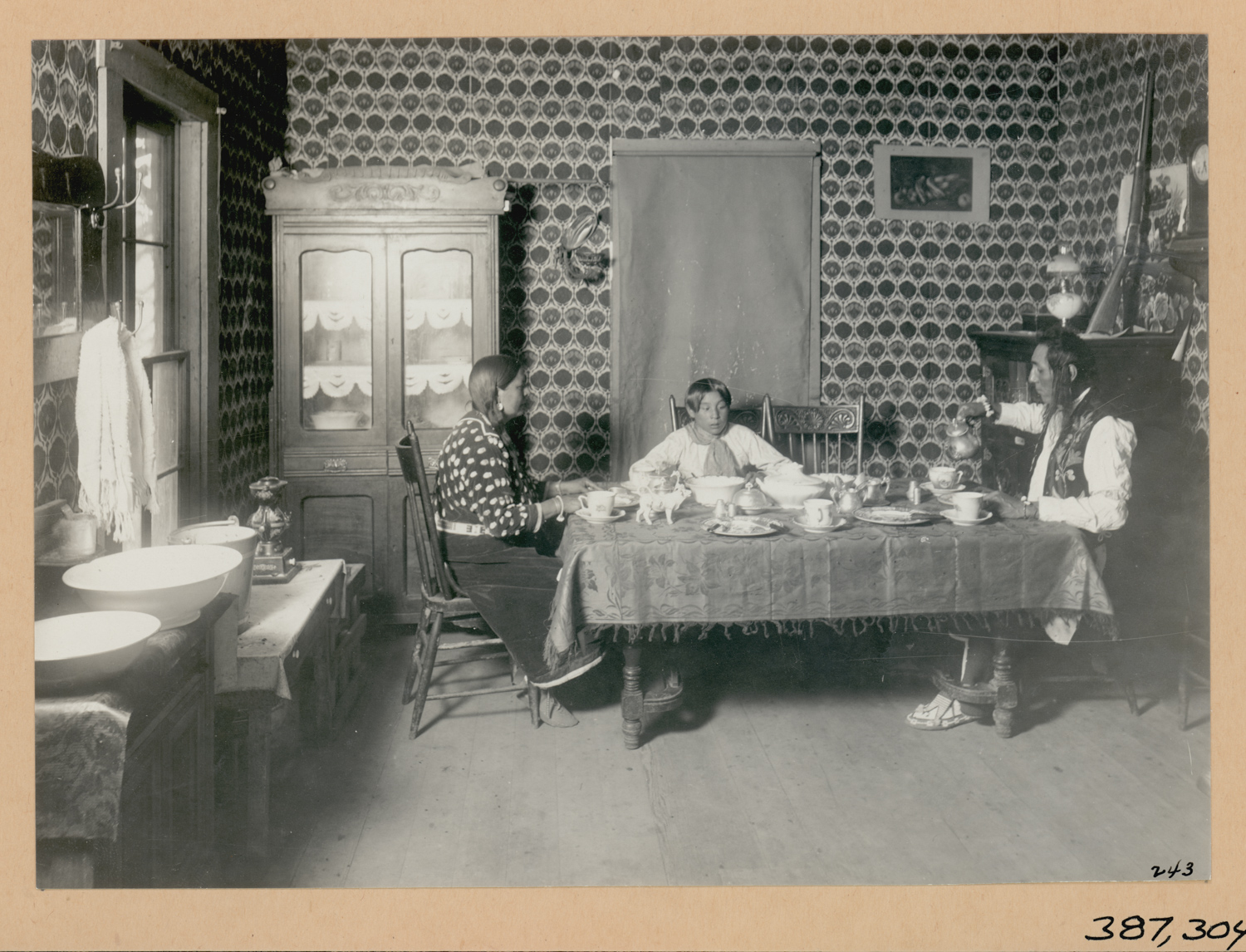
©Richard Throssel Nehiyawak (Cree) / Adopted Crow, 1882–1933 Interior of the Best Indian Kitchen on the Crow Reservation, 1910 Courtesy of the National Anthropological Archives, Smithsonian Institution 00486700
What were some “through lines” or ideas that guided the curatorial process?
Jill Ahlberg Yohe: Throughout all of the curatorial process, our guiding force was to materialize what our Councils shared with us, gifted us, and entrusted in us. From the beginning of the process, we asked our Councils what do we create together? What did we collectively want this to be? So through consensus we built the exhibition scope (historic-contemporary, all kinds of photography, photographers from across what is currently US and Canada); the three themes of the show (World of Relations, Always Leaders, Always Present); each Council member put forth works/artists for the exhibition, and we voted…and at every decision we asked, “This is what we heard. Did we get this right?” We wanted to make sure that what they shared, we heard correctly, and it was only until it was that we would make that happen.
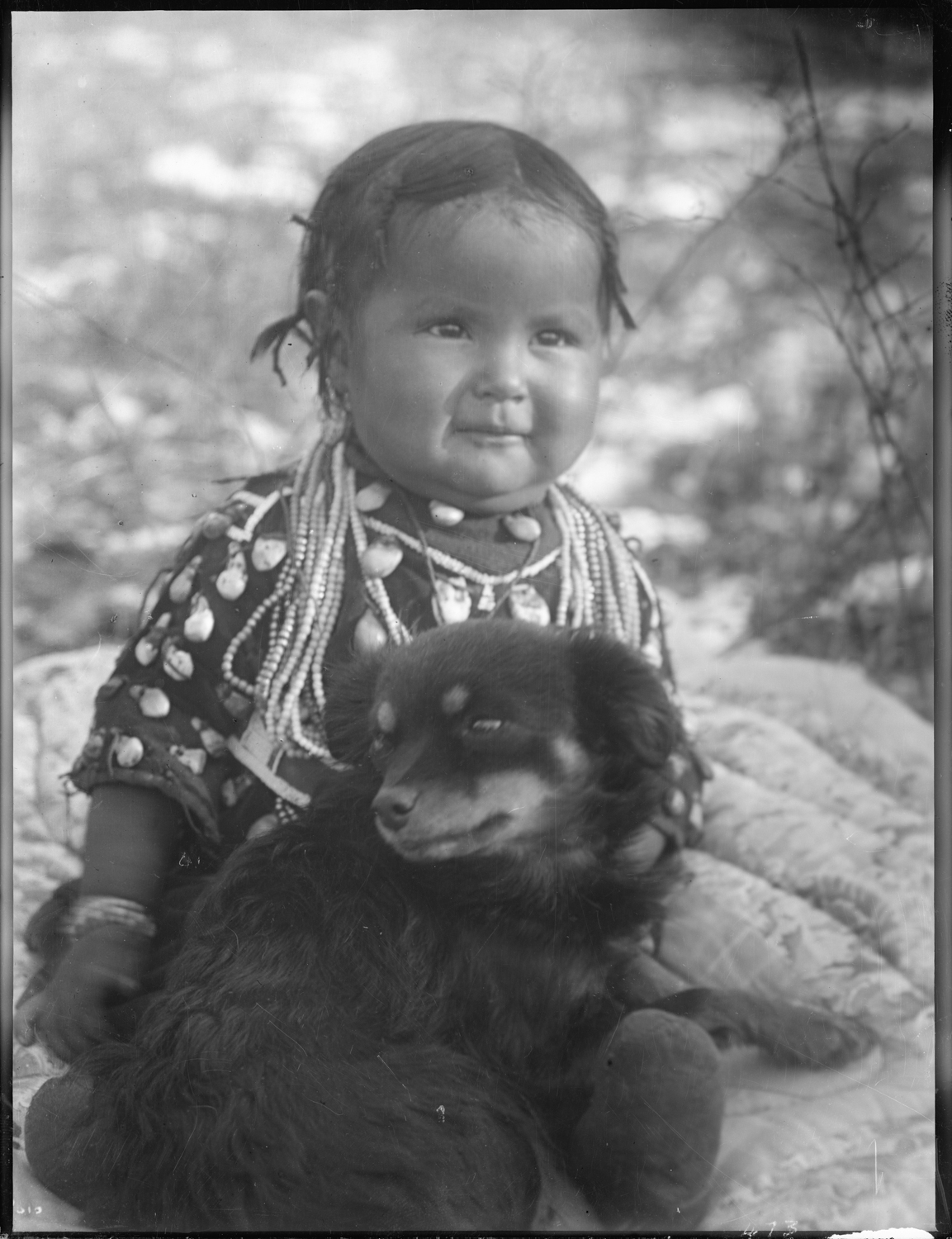
©Richard Throssel Cree / Adopted Crow, 1882–1933 Baby Stuart (An Indian Girl with Dog), 1902-33 University of Wyoming American Heritage Center 02394
What kind of experience do you want guests to have when they visit the show?
Jill Ahlberg Yohe: I’d love for our Native guests to feel welcome, first and foremost. And I’d love for all guests to feel welcome as well. I want our visitors to think and feel. Think about what these photographs hold. They contain worlds. They contain humanity. They contain lessons, and beauty, and pain, and truth, and inspiration, and guidance for all of those that enter the exhibition. I’d love for this to contribute in some small way to the field of Native art, American art, Photography, Contemporary art. I’d like for people to be moved emotionally, and reflect upon their own lives, and what they know is true and what they think is true. I’d like to have our visitors see what is possible when a camera is in the hands of Native people and what is possible when an exhibition is created through the hands of many.
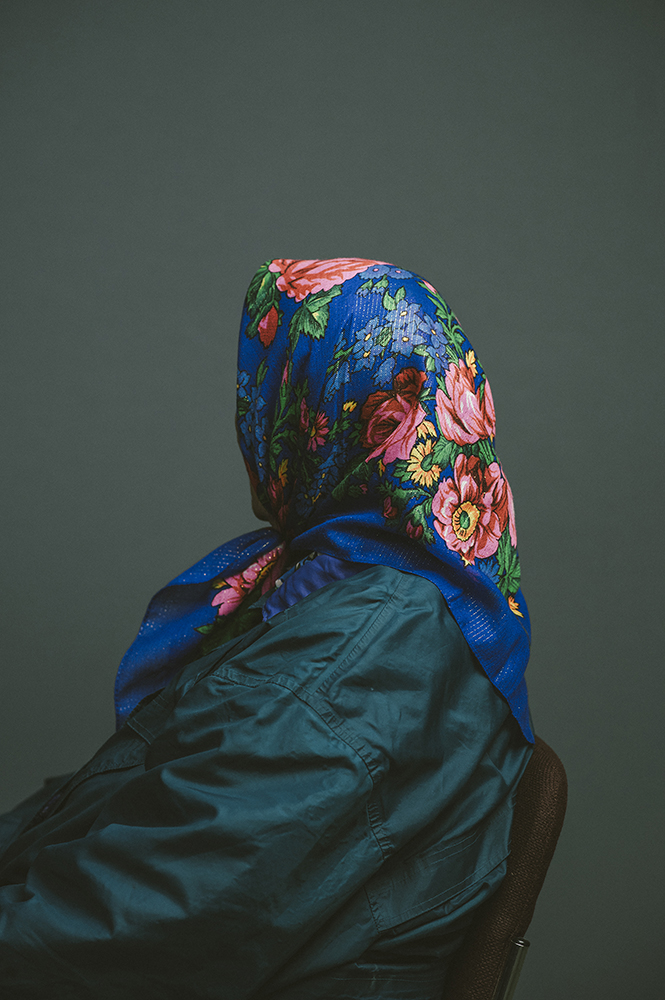
Pat Kane Algonquin Anishinaabe, Timiskaming First Nation, born 1979 Maryann Mantla, Gameti, 2017 Courtesy of the artist © Pat Kane
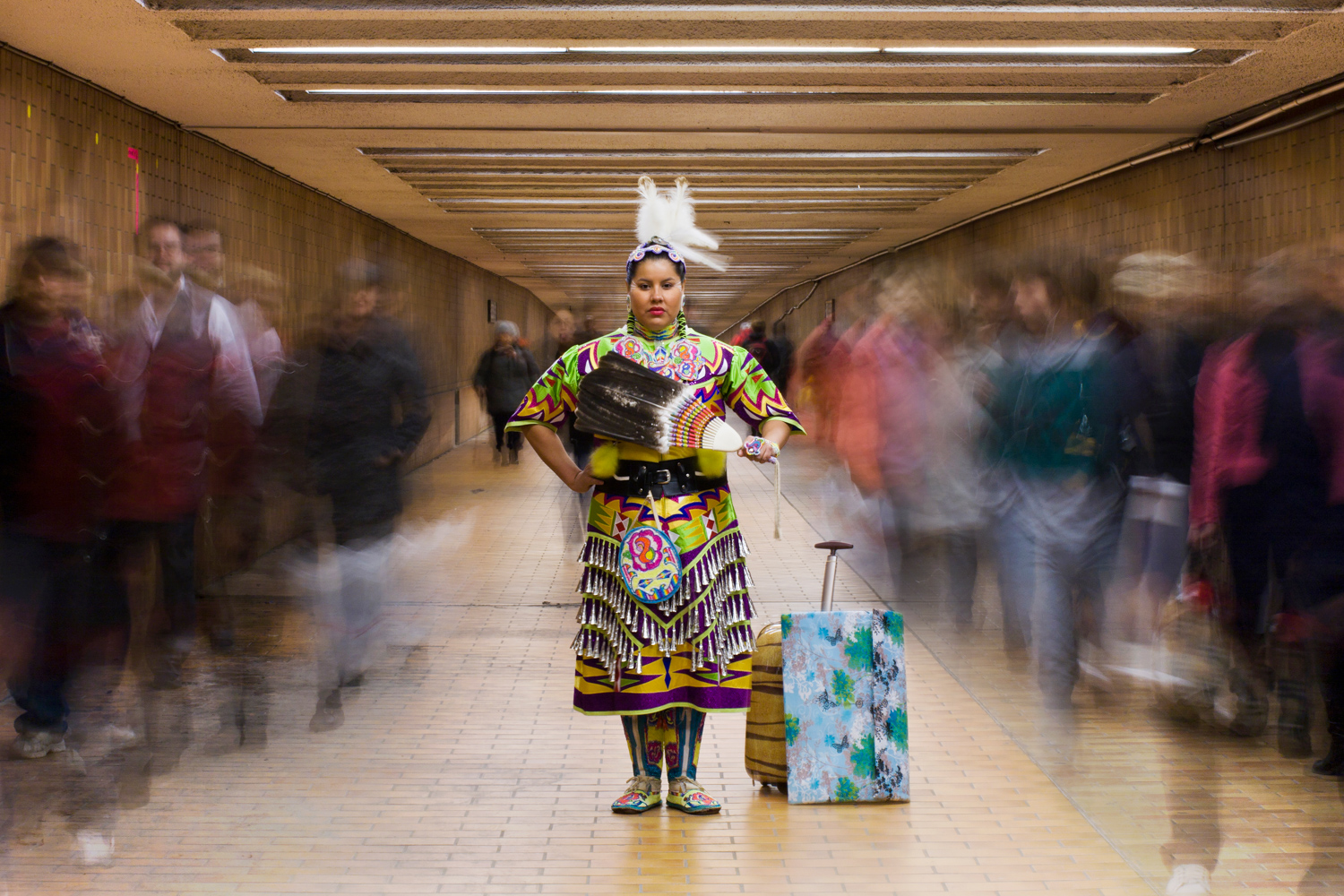
Nadya Kwandibens Animakee Wa Zhing #37 First Nation Anishinaabe Tee Lyn Duke (née Copenace) Toronto, ON, March 2010 From Concrete Indians series Courtesy of Red Works Photography © 2010 Red Works Photography

Matika Wilbur Swinomish and Tulalip, born 1984 Dr. Henrietta Mann (Cheyenne), 2019 Courtesy of the artist
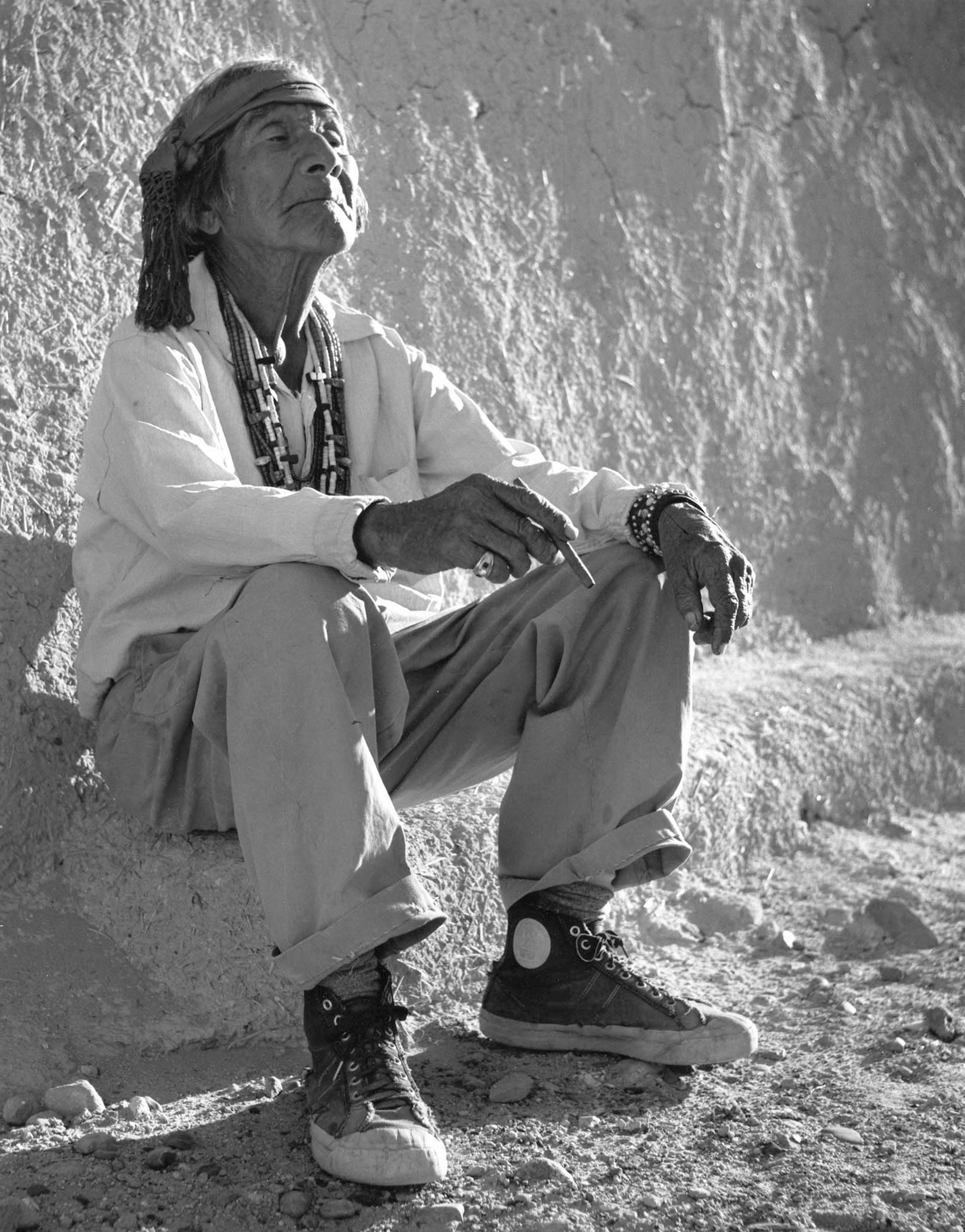
Lee Marmon Laguna Pueblo, 1925–2021 White Man’s Moccasins, 1954 Gelatin silver print Courtesy of the C.N. Gorman Museum, 2008.20.10.67
Jill Ahlberg Yohe, PhD, is Mia’s associate curator of Native American Art. She has curated and co-curated numerous exhibitions, including “Hearts of Our People: Native Women Artists” with Teri Greeves (Kiowa) in 2019; “In Our Hands: Native Photographers 1890–Now” with Jaida Grey Eagle (Lakota) and Casey Riley, opening at Mia in fall 2023; and upcoming exhibitions of overlooked women artists: avant-garde Santa Clara potter Jody Folwell in 2024 and Dakota artist Mary Sully in 2025.
Since coming to Mia in 2014, Ahlberg Yohe has expanded its collection of Native American art with more than 100 contemporary artworks and major historic works from across Native North America. Her reinstallations of Mia’s Native American art galleries, organized with former fellows Dakota Hoska (Lakota) and Juan Lucero (Isleta Pueblo), have brought Native perspectives to bear on the museum’s collection, including innovative interpretations by artists and scholars Roy Boney (Cherokee) and Candessa Tehee (Cherokee), Andrea Carlson (Ojibwe), Alex Buffalohead (Dakota), and Josephine Hoffman (Anishinaabe).
Over the last decade, she has co-edited three major publications and written extensively on Navajo weaving, Native art theory and practice, and contemporary Native art. In seeking new initiatives and collaborations, Ahlberg Yohe aims to expand understanding and advance curatorial practices around historical and contemporary Native art.
Jaida Grey Eagle is an Oglala Lakota artist, born in Pine Ridge, South Dakota, and raised in Minneapolis. Jaida is a photographer, producer, beadwork artist, writer, and aspiring curator. She graduated from the Institute of American Indian Arts with her Bachelors in Fine Art emphasizing in fine art photography. She works with Casey Riley, Chair of Global Contemporary Art and Curator of Photography and New Media, and Jill Ahlberg Yohe, Associate Curator of Native American Art, and focuses on events and art that center indigenous identity, language, and culture. Click here to see more of Jaida Grey Eagle’s work.
Instagram @jaida.greyeagle
Casey Riley oversees Mia’s department of Global Contemporary Art and the research, exhibition, and publication of the museum’s renowned collection of art after 1970. Her curatorial practices are rooted in collaboration and informed by the principles of inclusion and equity. Recent projects at Mia include “Objectivity: Metaphorical and Material Lives of Photographs,” “Dayanita Singh: Pothi Khana,” “Hindsight: American Documentary Photography 1930-1950,” “Vision 2020: Jess Dugan,” “Just Kids,” and “Strong Women, Full of Love: The Photography of Meadow Muska.” In partnership with Mia colleagues and a curatorial council of fourteen artists, scholars, and knowledge sharers, she is co-organizing a survey of works by First Nations, Metis, Inuit, and Native American photographic artists, opening at Mia in October 2023.
Riley was the assistant curator at the Boston Athenaeum and consulting curator at the Isabella Stewart Gardner Museum. She has published widely on American art and photographic history, and has most recently co-organized, with Frank Goodyear and Lisa Hostetler, “Marcia Resnick: As It Is, Or Could Be,” the catalogue for which received the Photography Network Book Prize. An experienced educator, Riley is a graduate of Yale University, holds master’s degrees from Brown University and Middlebury College, and earned her PhD from Boston University. She is a member of the 2023 class of fellows at the Center for Curatorial Leadership in New York City.
Instagram: @see.riley
In Our Hands: Native Photography, 1890 to Now
Enter into the vivid worlds of Native photography, as framed by generations of First Nations, Métis, Inuit, and Native American photographers themselves. Presenting over 150 photographs of, by, and for Indigenous people, “In Our Hands” welcomes all to see through the lens held by Native photographers.
Organized by a council of primarily Native artists, scholars, and knowledge sharers, in partnership with Mia curators, this sweeping exhibition traces the intersecting histories of photography and diverse Indigenous cultures from the Rio Grande to the Arctic Circle. Beautiful, complex, and surprising, these artworks celebrate the legacy of groundbreaking photographers and their influence on the medium today.
Instagram: @artsmia
Posts on Lenscratch may not be reproduced without the permission of the Lenscratch staff and the photographer.
Recommended
-
Broad Strokes III: Joan Haseltine: The Girl Who Escaped and Other StoriesMarch 9th, 2024
-
Pamela Landau Connolly: Wishmaker and The Landau GalleryFebruary 27th, 2024
-
Janna Ireland: True Story IndexFebruary 17th, 2024
-
Richard McCabe: PerdidoJanuary 7th, 2024
-
Aline Smithson: The Ephemeral ArchiveJanuary 5th, 2024


